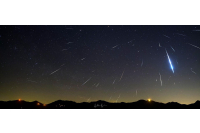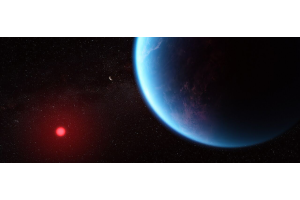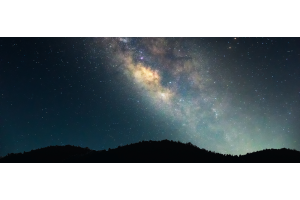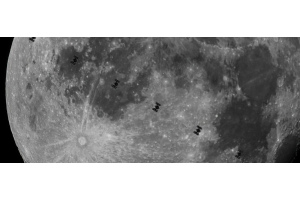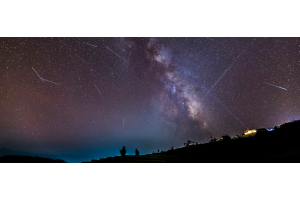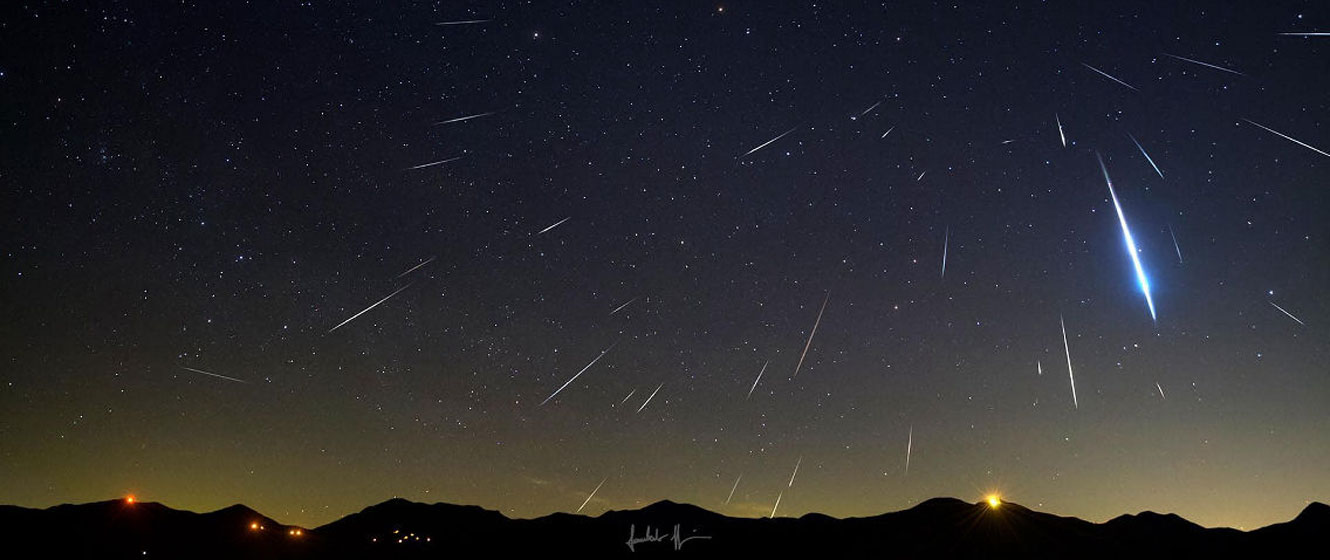
In this episode of What's in the Sky this Month, Teagan reviews some of the beautiful celestial objects you can see in the month of January 2023!
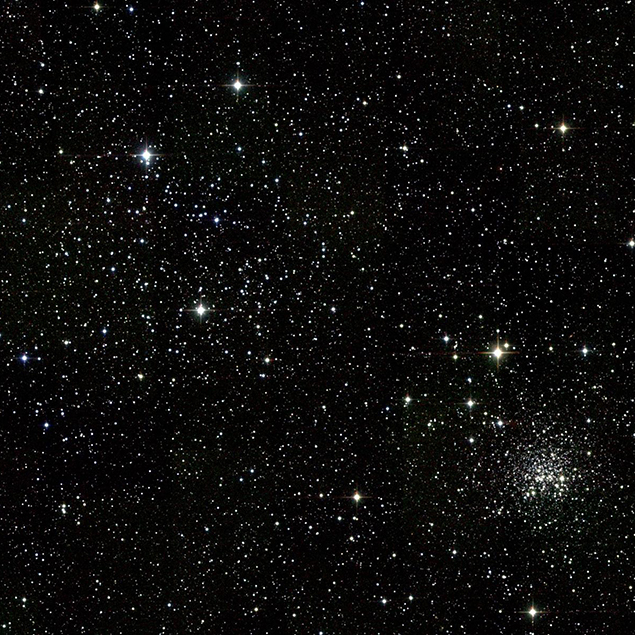
Image credit: NASA/2MASS
Messier 35
- Type: Open Cluster
- Constellation: Gemini
- Distance: 3,000 light-years
- Magnitude: 5.1
- Apparent Diameter: 40'
There are a handful of open clusters in Gemini, but none are as large and bright or as easy to find as M35. Located near the curved line of three stars that mark Castor’s feet, it’s possible to glimpse the cluster with the naked eye from a dark location. If this isn’t an option, the cluster can easily be found with binoculars from suburban locations and shows well in telescopes of almost any size.
You’ll find it at the apex of a triangle formed by the cluster and the stars 1 and Eta Geminorum (Propus). Even 8x32 binoculars can show an hourglass shape with the potential for resolution with averted vision. Telescopically, a low magnification of around 40x is all you’ll need to get the best views, with hundreds of stars being visible.
OUR NEAREST NEIGHBORS
All the planets are visible in the evening sky at the start of January. Mercury appears within the same binocular field of view as Venus on the 1st, with Mercury appearing to the lower right of Venus at about 30 minutes after sunset. Venus then joins Saturn in Capricornus on the 2nd. The two planets will be within the same binocular field of view for the second half of the month and will be closest on the 22nd, with just 20 arcseconds between them. Look for the crescent Moon to the upper left of the pair the following night. Neptune remains in Aquarius and can be seen for a short time in the southwest after twilight ends. The waxing Moon hangs below brilliant Jupiter on the 25th, with the giant planet still well-placed for observation in Pisces. Uranus is also in a prime position among the stars of neighboring Aries, while Mars resumes prograde motion in Taurus on the 12th. If you live in the southern half of the United States, you could also enjoy an occultation of Mars by the Moon on the 30th. Lastly, the Moon turns full on the 6th and new on the 21st.
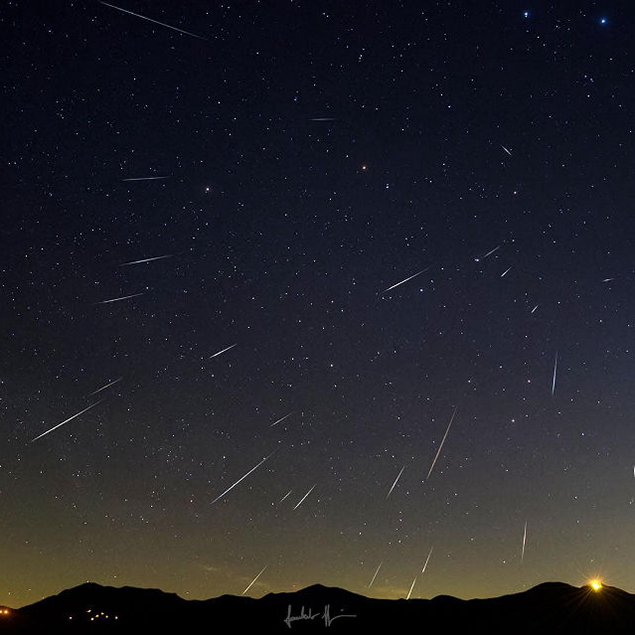
Image credit: Lamberto Sassoli
Quadrantid Meteor Shower
This year’s shower reaches its maximum at 10:40 PM ET on January 3rd, but with the Moon a waxing gibbous, the best views might not come until just a few hours before the dawn, when the Moon is low over the western horizon.
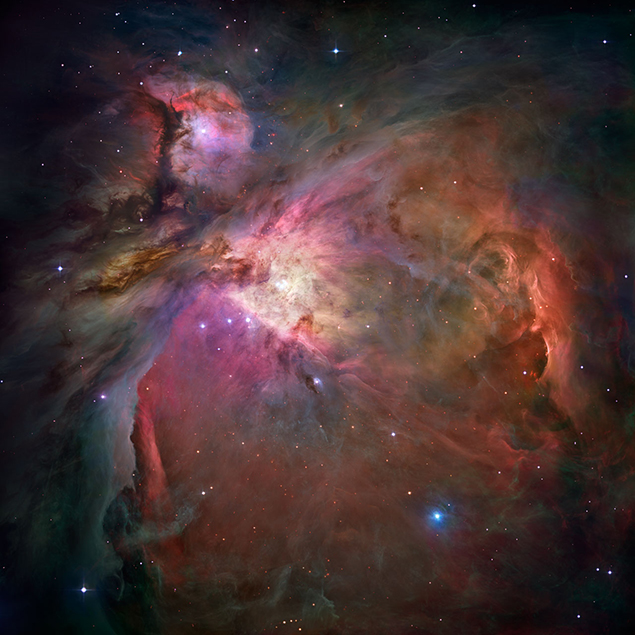
Image credit: NASA, ESA, M. Robberto, Hubble Telescope Team
Messier 42
Although visible with the naked eye and binoculars , Orion’s showcase nebula is really a must-see sight for telescopic observers. Be sure to look out for the famous Trapezium star cluster at its center.

Image credit: NASA, ESA, J. Hester and A. Loll (ASU)
Messier 1
The Crab Nebula, the remnants of a star that exploded nearly 1,000 years ago, is conveniently located near the bright star Al Nath in Taurus. It’s visible as a faint, dark gray patch through a small telescope, while larger scopes will show its irregular shape.
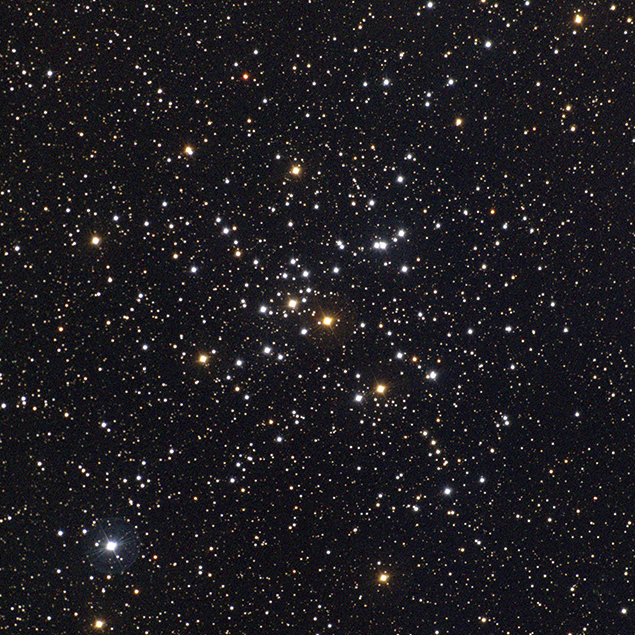
Image credit: NOIRLab / NSF / AURA
Messier 41
Like M35, this is a bright open cluster that’s easily found, just four degrees south of Sirius in Canis Major. Also, like M35, it’s visible to the naked eye under dark skies and is a fine sight through binoculars or a telescope .
STELLAR CONCEPTS
Magnitude: The measure of an object’s brightness in the night sky, the system was first used by the ancient Greeks. The higher the number, the fainter the object, with the brightest objects having values below zero. The naked eye can see to roughly magnitude six, but this requires dark, pristine skies far away from the light pollution of any nearby towns or cities. Typically only stars of magnitude 3 or 4 are visible from a suburban environment.
This Article was Last Updated on 08/18/2023
